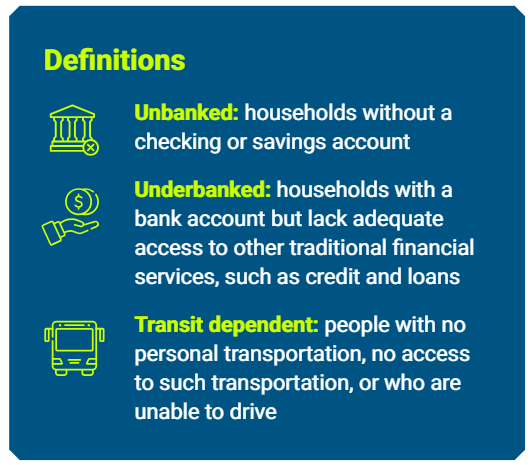
Equitable mobility: the three pillars
Our previous white paper, Achieving Equitable Mobility, concluded that the best approach to equitable mobility is better service, not cheaper bad service. It explained that an important prerequisite for better service is a fare collection system providing advanced capabilities at a reasonable price, enabling a transit agency to understand its community and tailor solutions to meet the needs of everyone in it. Efficiency isn’t just about dollars or return on investment – it’s more about meeting the needs of the members of the community who need it most.
While cost is just one of the barriers to effective transit, it’s a significant one. Transportation is the second largest expenditure category for households, accounting for an average of 15% of after-tax income, or $10,742, in 2019. Transportation expenses are second only to housing expenses. (U.S. DOT Equity Action Plan)
In this white paper, Genfare expands on the topic of equitable mobility, going in-depth on its three pillars:
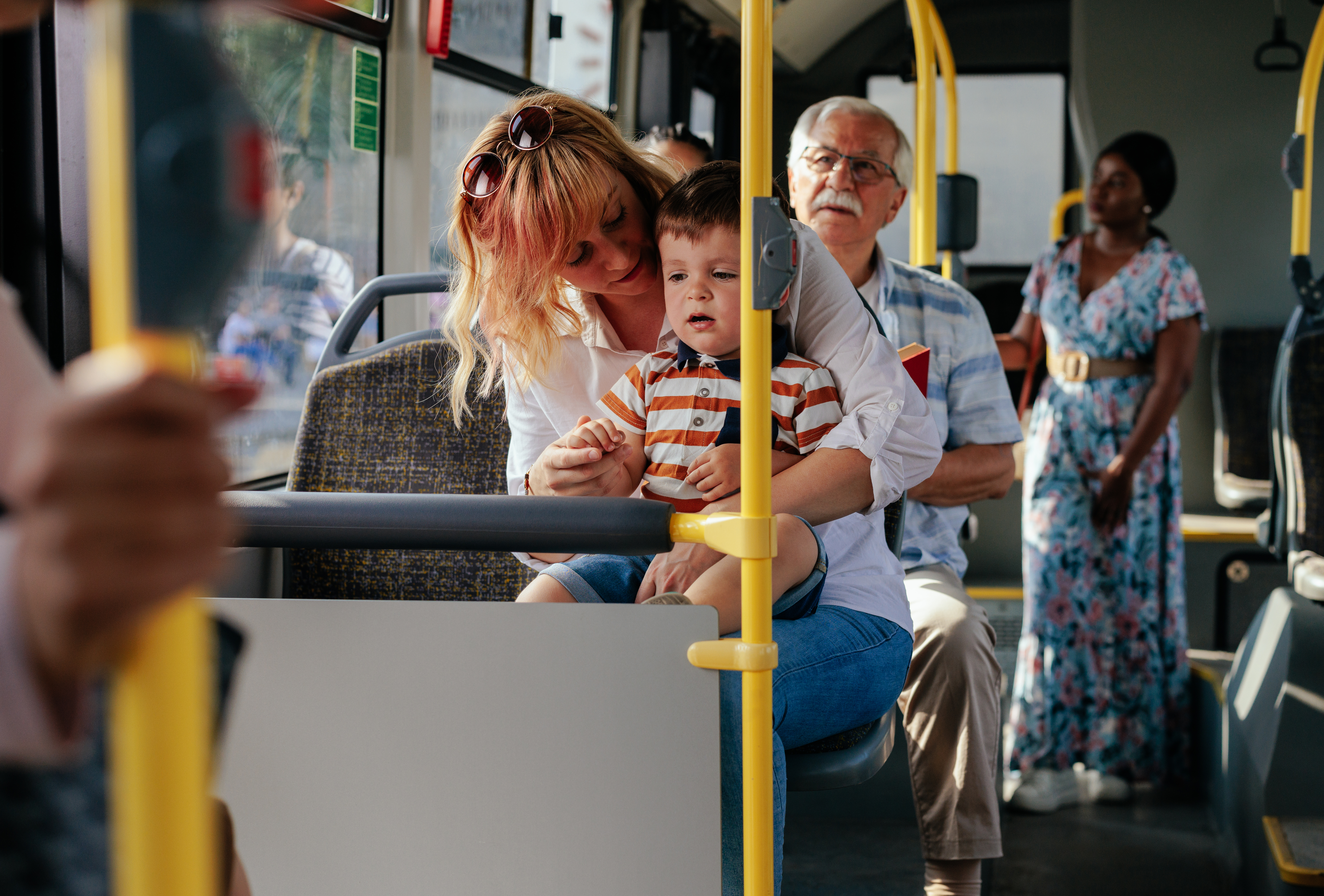
Pillar 1: Know your community
The mobility ecosystem must anticipate all the ways that travelers want and need to move. This requires transit agencies to understand their community and tailor solutions to meet the needs of everyone in it, with particular attention to those with limited resources – the unbanked, the underbanked, the transit dependent, and the anonymous rider.
Today, transit agencies are becoming more focused on operational planning and are getting better at collecting data, but often don’t know how to best use it. This keeps transit behind the times when compared to other data-driven industries. Over time, the negative effects of uninformed planning piles up, resulting in outdated routes that no longer meet the needs of the community, decreased ridership, and glaring financial deficits.
The world is now run on information, and as an industry, we need to get on board. The technology needed to shift to data-driven transit planning is readily available and is being steadily implemented as transit agencies update their systems. Using this data effectively is key. Seeing the value in data and investing in not just collecting it, but using it to make decisions, is imperative.
Where to begin
There are many options available to get to know your community, even when riders are unbanked or are not paying a fare. The technology for collecting this data exists today and is tested and proven. There are also low-tech options for learning about your riders and community. Combined, this can provide a full picture of the community to help meet its needs.
By truly understanding your community, an actionable plan can be crafted. Start by identifying how to provide useful solutions to support both choice and need riders, meeting them where they are, as well as finding gaps in the current programs. Giving riders uncomplicated options is paramount in deploying effective solutions that they will use.
More than ever, ridership data can be linked to individual riders, providing more opportunities to analyze and target the various rider personas an agency serves. This can provide a service of greater value to attract daily commuters, tourists, students, low-income workers, or even people who only ride transit when it helps them avoid traffic or parking headaches.
Effective use of data should inform route, schedule, and fare planning to better serve our communities. This data can be used not just to plan where buses are going and when, but what forms of payment are accepted and where and how riders are purchasing fares.
The role of fare collection in knowing your community
Fare collection plays an important role in raising the perceived and actual value of public transportation. After all, the farebox is central to collecting revenue to support transit operations. Just as importantly, today’s advanced fareboxes collect something even more valuable than money: Information. The data alone – when it’s used effectively – is worth the cost of implementing and administering a modern fare collection solution.
That’s because fare collection is more than just for collecting money; it’s a tool for creating better and more effective operations. It enables thorough, data-driven planning to meet the demonstrated needs of the community the agency serves, making a public transportation network even more valuable.
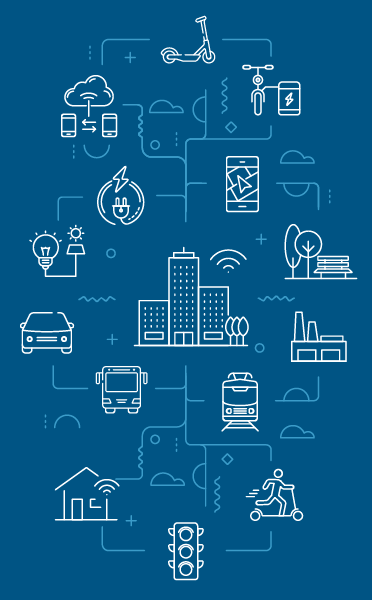
Pillar 2: Building multi-modal end-to-end solutions
In the denser areas of large cities, transit can often move people as close to door-to-door as possible. For everyone else, people still need to get from their homes to the bus stop or rail station, or transit to work, school, or other destinations. A recent study found that 62% of jobs in large cities are within ½ mile of a transit stop. Even fewer homes are within a ½ mile of transit.
Until the process of planning and paying for a multimodality trip is seamless, easy, convenient, and affordable, making this kind of end-to-end journey won’t be attractive enough to people who have other options. This keeps cities from meeting their goals of taking more cars off the road and increasing multimodal ridership.
Today’s technology can empower interoperability to allow riders to use one card or app across modalities to simplify every leg of their trip. It’s already common in Europe and Asia. Yet, in the U.S., adoption of multimodal transit networks, sometimes called mobility-as-a-service (MaaS), has been slow. This isn’t a technology problem – it’s a control issue and a disconnect between the mass transit and microtransit providers.
The technology is there; trust is not
We have what it takes to create one-stop-shop mobility platforms that all kinds of riders can use across modalities instead of signing up for and remembering passwords for a bunch of different apps or carrying a stack of cards.
Trust between the public and private sector to share information with each other is lacking. There are questions about who will own the process, and who will be accountable for ensuring data security. There are worries about the other modalities cannibalizing their share of riders. There aren’t yet enough public policies providing incentives for the various players to work together. It’s time to put these concerns to the side and understand the reality that interoperability is a win-win.
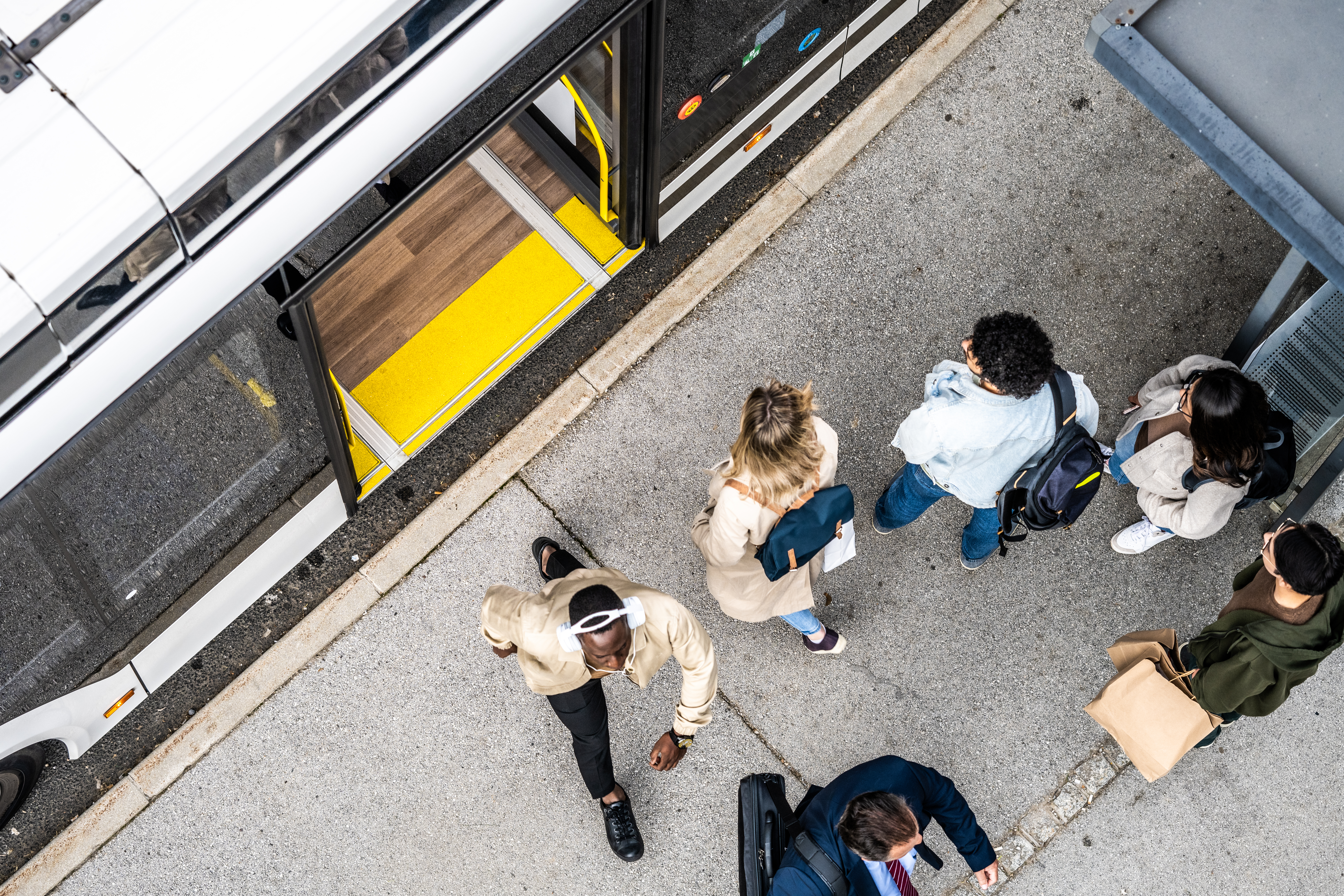
Pillar 3: Realizing value and being cost effective
For transit to be valuable it must provide value to riders, agencies, municipalities, and taxpayers. Value isn’t only about cost – it goes so much deeper. For example, a quality transit system can attract and retain coveted employers, which then drives economic development to the area. On an individual level, a robust transit system allows all members of a community to access places important to them, whether that’s a job, groceries, recreation, or time spent with loved ones.
Likewise, efficiency isn’t just about dollars or return on investment – it’s more about meeting the needs of the transit dependent and attracting choice riders at the same time. Transit gets easier to use through fare collection solutions that accept whatever form of payment is in the riders’ pockets. This allows transit to reach more people and go more places, thereby raising its efficiency and value to the community.
Eliminating barriers to equitable mobility
A community’s infrastructure must be accessible to all to be equitable. That means continuing to accept cash as well as making it easy for unbanked or underbanked riders to take advantage of fare structures that can save them money. It also means increasing service to underserved communities so residents can access food and jobs that might not be available within their neighborhood’s boundaries. Continuing to accept cash and coin at the farebox is essential for equitable mobility. However, it’s also important to eliminate barriers to digital payments to lower costs for agencies and riders alike.
One way to achieve this is to reduce the role of transit agencies in staffing and maintaining extensive distribution networks by decentralizing the means for riders to fund their cards or accounts. There is also great value in automating processes for transit agencies who are working with organizations such as schools or social service agencies, enabling more relationships and better tailored programs for their constituents. This makes transit agencies more efficient in reaching out to the community with subsidized, reduced, or free fares.
There’s real value in perceived value
Paying a fare increases the perception of the value of transit. Some agencies that adopted universal free fares during the pandemic experienced an explosion of non-destination riders. Safety, cleanliness, and quality of service complaints went up, deterring choice riders and making it more difficult to recruit bus and train operators. A well-structured fare system that is easily accessible to residents and community partners will ensure that access to transit services can be provided to all eligible riders, particularly for those who qualify for reduced- or no-fare privileges.
Cost-effective fare collection leads to cost-effective transportation
In addition to new fare collection hardware and software being reasonably priced, the latest technology can also reduce the cost of collecting fares. In short, upgrading fare collection equipment can offer more capabilities at a lower upfront cost and lower operating costs.
Using a cloud-based platform and digitizing fare collection significantly reduces costs for an agency’s IT platform and support, particularly for 24/7 support for rider websites and mobile apps. Open payment, fare capping, and real-time monitoring are other strategies to reduce agency costs.
Equitable mobility fits into the equation of calculating value – by making even more services and benefits available to all riders, regardless of their ability to pay with a bank card or with an up-front investment. Genfare looks forward to continuing to provide the tools each partner transit agency can use to serve more riders and more communities, at less cost, with less of a burden on agency staff.
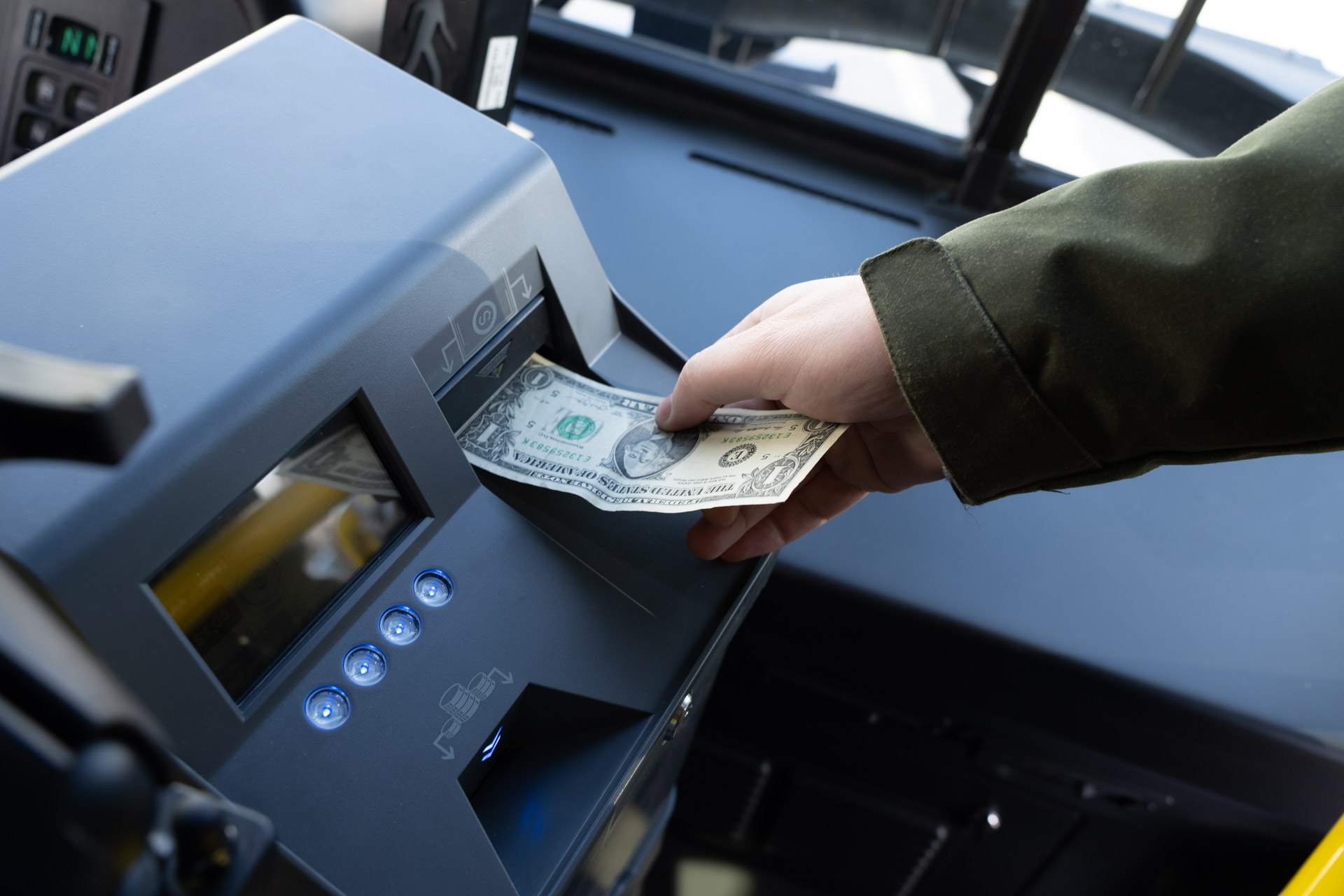
Conclusion: From surviving to thriving
Paying close attention to the three pillars of equitable mobility can help meet your agency’s goals and their anticipated outcomes. Planning through a lens of equitable mobility will lead to increased ridership, relay confidence to your community, and support operations. Transportation that is beneficial to all who use it is key to a thriving community.
Adopting streamlined and effective solutions that meet your riders where they are while being adaptable to whatever the future throws your way is a winning strategy to providing equity for all. One size or solution does not fit all. We don’t just build fare collection solutions; we aim to help our transit agency customers be better partners in their communities.
Cost-effective, value-added equitable mobility solutions are available to meet the needs, schedules, and budgets of agencies of any size. Even though transit agency budgets are strained, creating a clear plan that increases revenue while leading to equity for all stakeholders is an achievable goal.
Journey with Genfare
We want to elevate transit, not just for riders, but also for the agency and the whole community. Learn how Genfare can help your agency increase ridership and raise revenue with our simplified, empowered, and connected equitable mobility solutions.
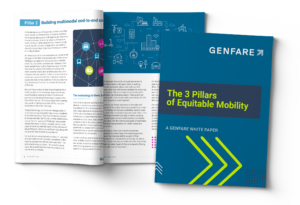 Download the white paper
Download the white paper